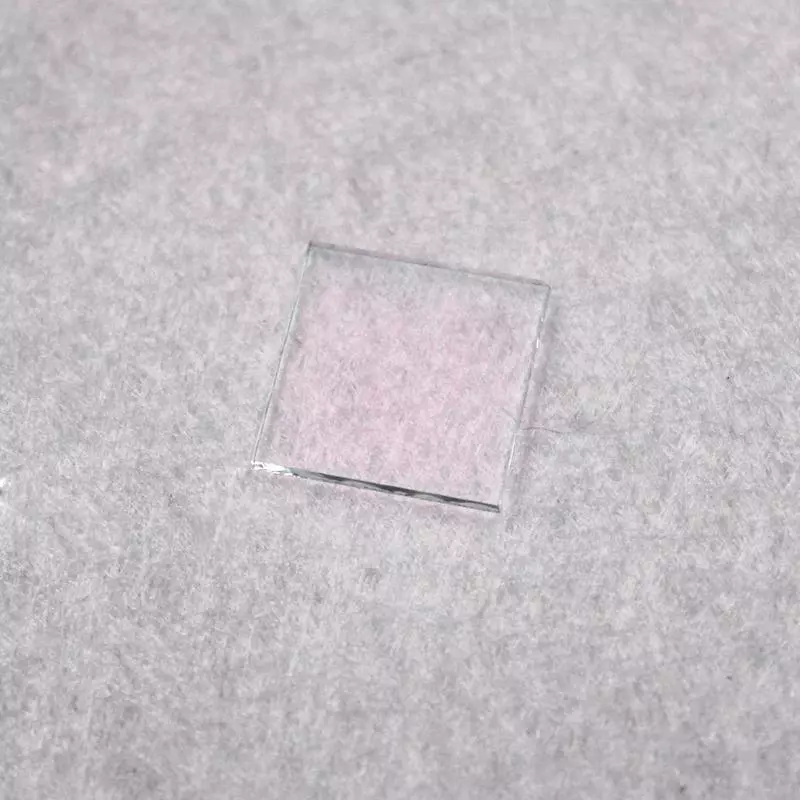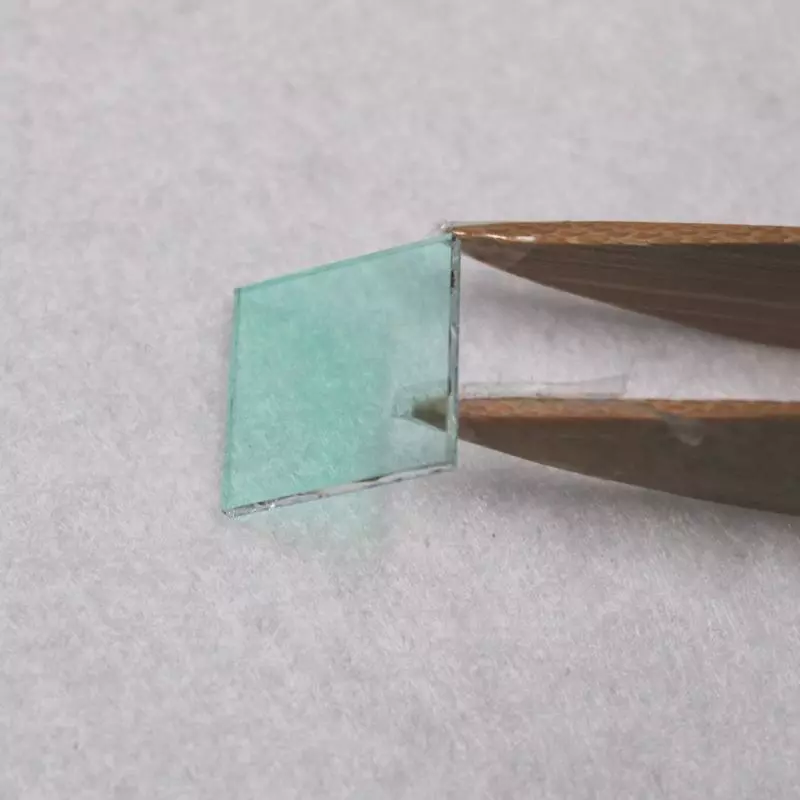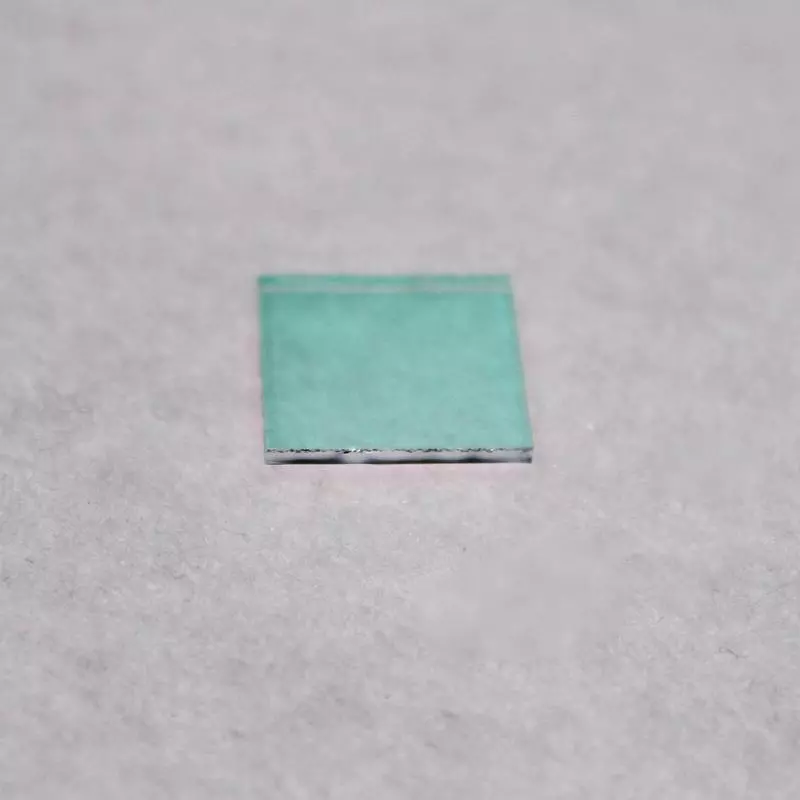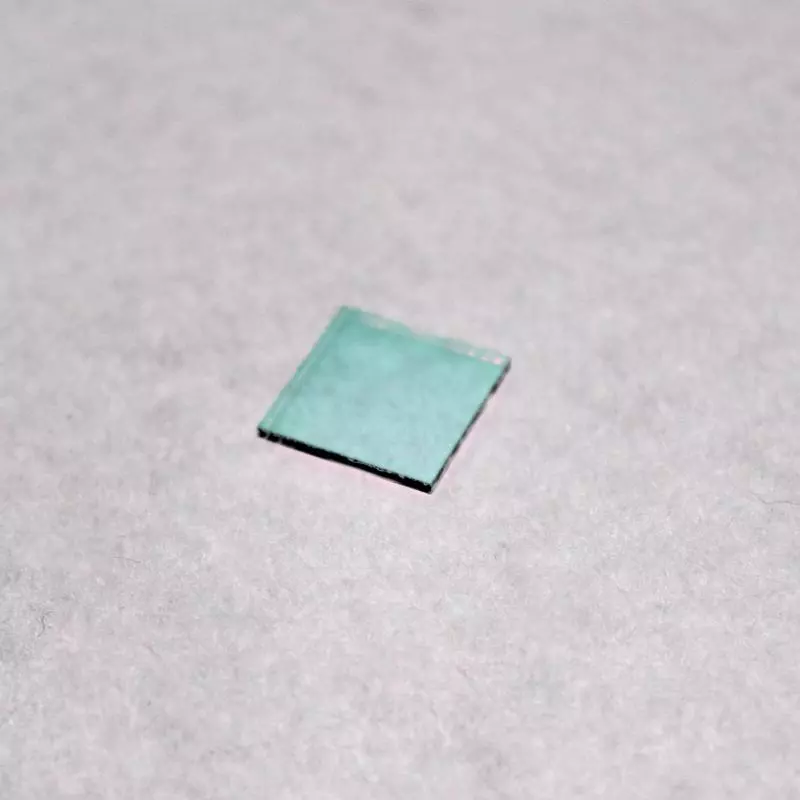Absorptive IR cut-off filter for CCD
Thickness: 1.00mm
CWL: 650nm+/-5nm
FWHM: Customized
Transmission: > 90%
Infrared (IR) cut-off filters are used with color CCD or CMOS imagers to produce accurate color images. An IR cut-off filter blocks the transmission of the infrared while passing the visible.This can be done with two optical techniques: absorption or reflection. Absorptive filters are made with special optical glass that absorbs near infrared radiation. Reflection type filters are short-pass interference filters that reflect infrared light with high efficiency.
We offer both types of absorptive filters and reflective IR filters, which is a new type of reflective filter suitable for day/night security cameras. It allows both visible and infrared LED light to pass through. The absorptive filters are recommended for CCD imagers while the reflective CMOS imagers.
● What does IR-cut do?
IR-cut (Infrared cut-off filter) is a mechanical shutter design. It is placed between the lens and the image sensor, and is controlled by a motor or an electromagnet.
It is designed to block or deliver the infrared in order to provide a true color reproduction high-quality image at day and night.
● What is infra-red?
Infrared (IR) is invisible radiant energy, electromagnetic radiation with longer wavelengths than those of visible light. Human eyes only can see light with a wavelength between 320nm-760nm. Infrared, which spans 700nm to 1000nm on the EM spectrum, is beyond what the human eye can see, but the IP camera sensor can detect it and make use of it.
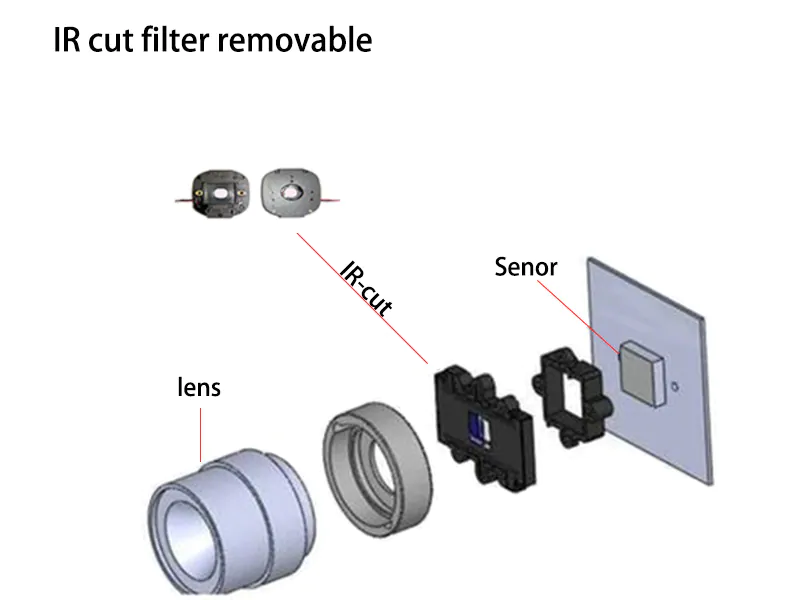
● How does IR-cut work?
During the day, the IR filter is switched on. It will block infrared and only allow visible light to pass through. This ensures it does not distort the image colors, generating true color representation – exactly as the human eye sees them.
In the night (or in low-light conditions), the IR filter is switched off so IR and all other forms of light will be allowed to reach the sensor (CCD/CMOS). The image sensor can absorb sufficient light and the camera will turn to black-and-white mode, which is more sensitive to infrared.
Our Ordering Process
Send us your request with detailed specifications
Receive a commercial offer with terms and costs
After your approval, we handle manufacturing, quality control, and shipping
📦 Shipping
3-5 days in EU, from 10 days to USA
💳 Payment methods
Cash, Bank Transfer, Cards (Visa, Mastercard, Amex, Discover) and PayPal
💬 Questions?
Contact us via WhatsApp, phone, live chat or email
